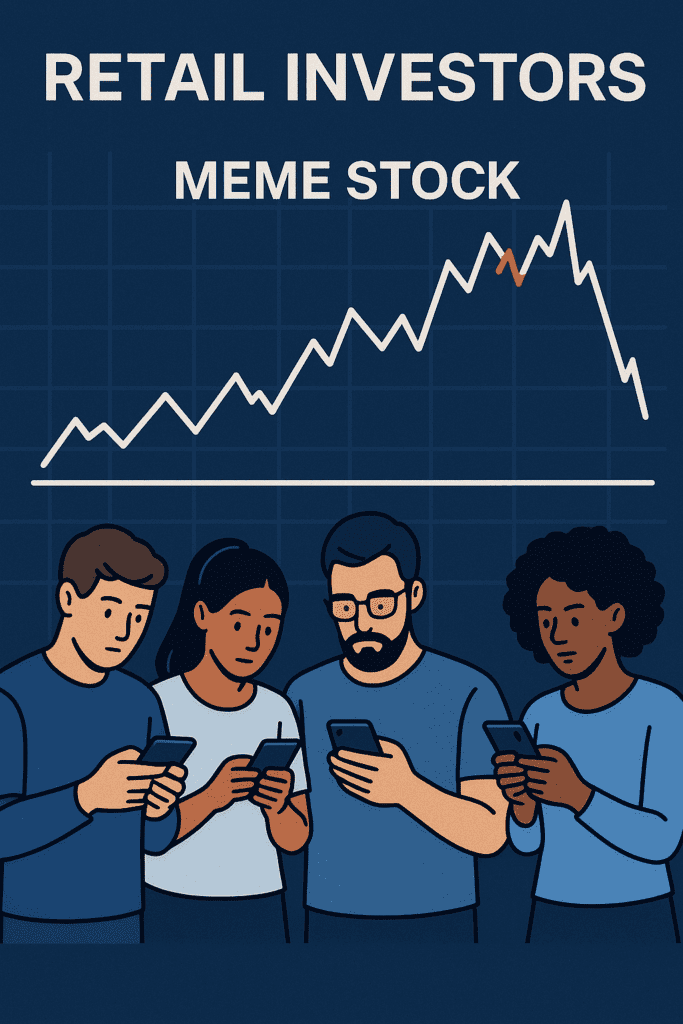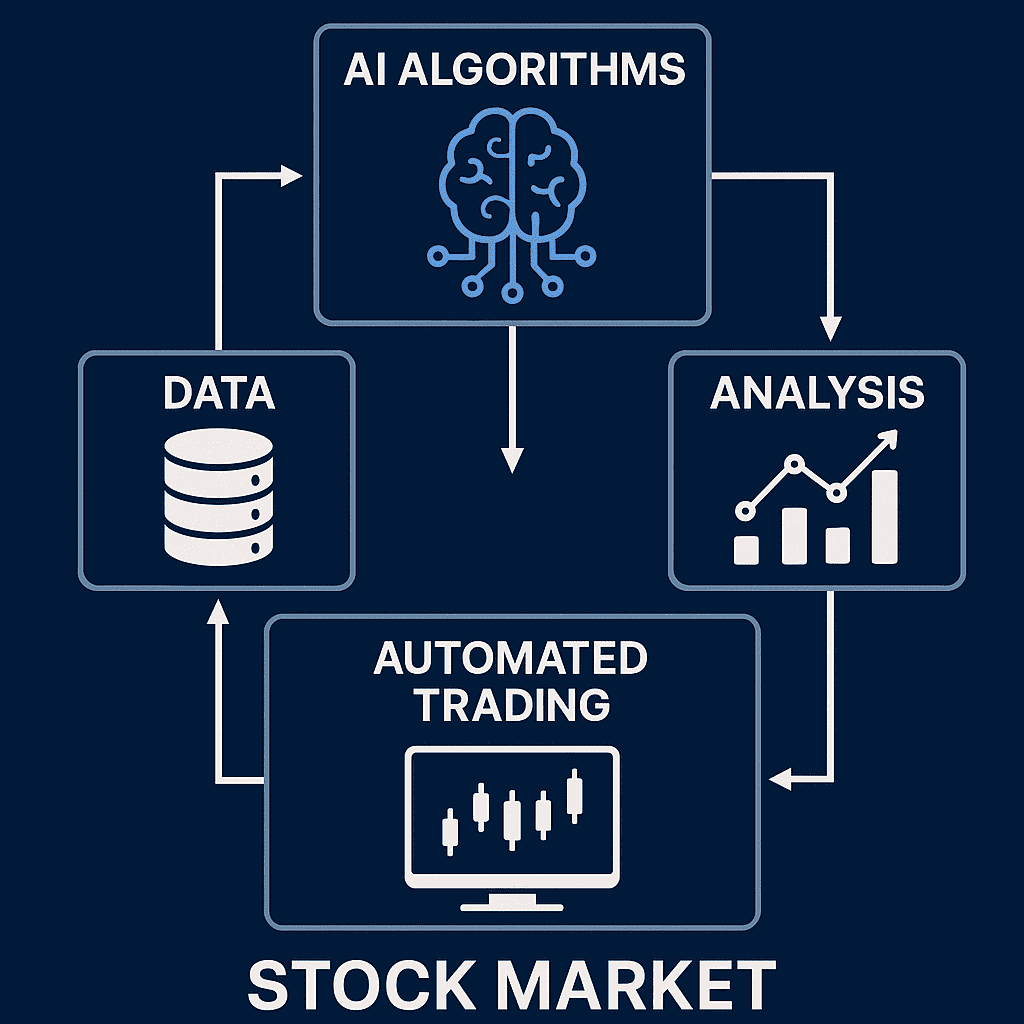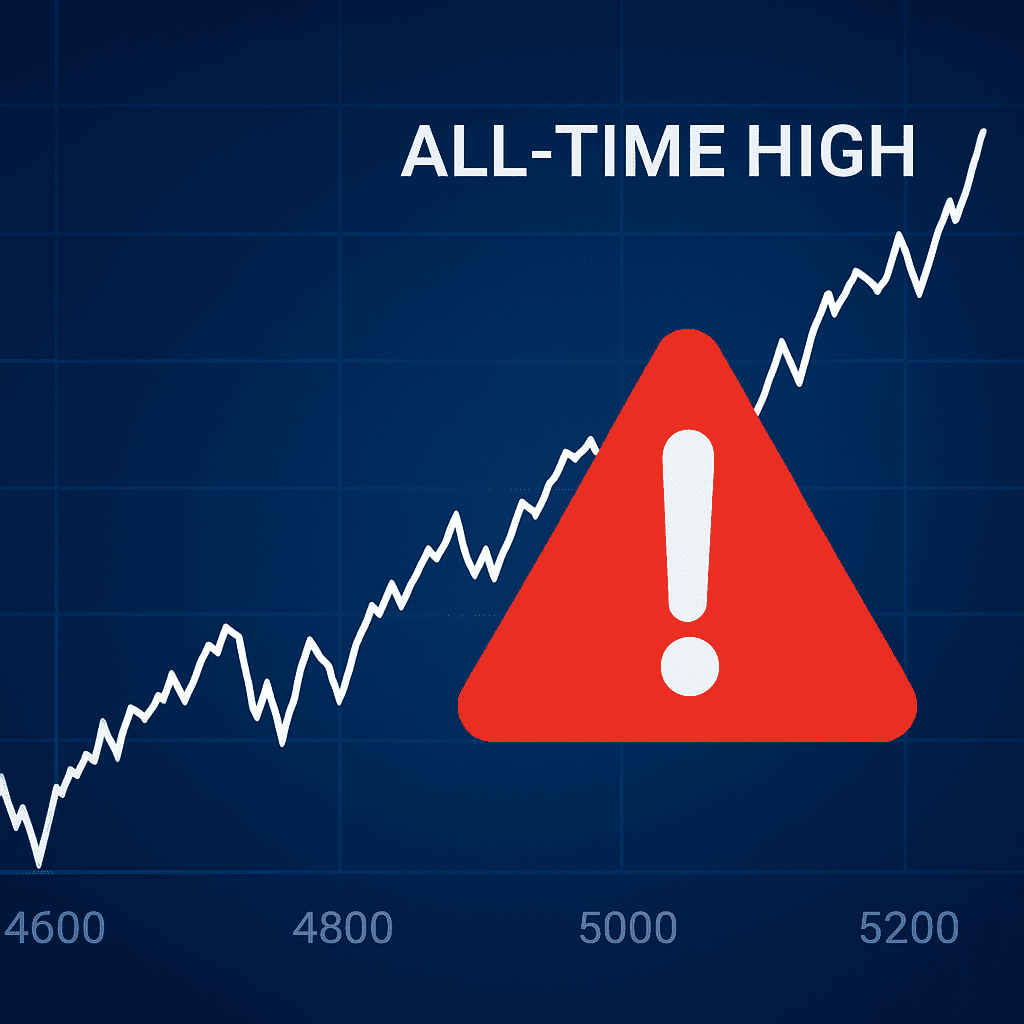The stock market has been on a tear this summer, breaking records and surprising even seasoned investors. But beneath the headlines, some signs are starting to raise eyebrows. Are we seeing healthy growth, or is the market running a little too hot for comfort?
If you’ve been watching your portfolio climb, it’s tempting to sit back and enjoy the ride. Still, there are a few signals you shouldn’t ignore. Experts are warning about things like rising margin debt, lukewarm reactions to trade news, and the growing influence of AI-driven trading.
In this post, we’ll break down three clear signs the stock market may be overheating—and what they could mean for your investments.
3 Signs the Stock Market’s Overheating (Summer 2025)
What the pros are seeing that most people aren’t
The stock market has been on a tear this summer, breaking records and surprising even seasoned investors. But beneath the headlines, some signs are starting to raise eyebrows. Are we seeing healthy growth, or is the market running a little too hot for comfort?
If you’ve been watching your portfolio climb, it’s tempting to sit back and enjoy the ride. Still, there are a few signals you shouldn’t ignore. Experts are warning about things like rising margin debt, lukewarm reactions to trade news, and the growing influence of AI-driven trading.
Let’s dig into the three signs that suggest the stock market might be overheating—and what they could mean for you.
Table of Contents
3 Key Signals That the Stock Market Might Be Peaking
Summer 2025’s stock market looks unstoppable. Indexes keep nudging to new highs. But I’m starting to see heat building — and I think you should, too.
I have broken down these three sign below so you can stress‑test your portfolio, and decide what fits you better.
1. The Market’s Reaction to “Good News” Is… Meh

You’d expect stocks to surge when positive headlines hit. But lately? The market’s response has been kind of underwhelming.
We’ve seen some major trade developments this summer—deals with Japan and the European Union, for instance. A few months ago, that kind of news would’ve sent markets flying. Now? Just small bumps. Indexes nudged upward, then settled. That’s not exactly the reaction of a market with strong momentum left in the tank.
So why does this matter?
Because markets tend to react less to the news itself and more to the expectation of what that news means for future growth. When the response is muted, it tells us something:
- Investors may already have priced in the “good news.”
- They could be feeling cautious after recent volatility.
- Or they’re simply exhausted from the rollercoaster ride.
Dean Smith, chief strategist at FolioBeyond, put it like this: “It could have been worse.” That’s not exactly confidence-inspiring. He also warned that trade deals falling apart—or the delayed pain from tariffs—could still hit the real economy hard.
This vape company even grew 833% and everybody is chill about it.
And that slow-drip effect? It can creep in. One month things look great, the next, supply chains tighten, costs rise, and sentiment shifts.
Markets get tired. Investors start looking for a reason to sell. And when enthusiasm fades, even strong news doesn’t move the needle.
2. Margin Debt Is Exploding (And That’s a Big Red Flag)
Let’s talk about margin debt for a second. Basically, it’s when investors borrow money to buy more stocks. Sounds like leverage. Because it is.
Now, borrowing in a bull market isn’t unusual. But when margin debt starts climbing this fast—it’s worth paying attention.
Here’s what’s going on:
- Margin debt just hit $1 trillion, up 9.4% in the last month.
- That’s a 25% increase over the past year, according to FINRA.
- A lot of that borrowing is coming from younger investors with smaller cash reserves.
That last part is key. These aren’t big institutional players hedging their bets—they’re retail traders hoping to ride meme stock momentum. And margin makes every move bigger—up and down.
If stocks dip, those investors could get hit with margin calls. That’s when brokers demand repayment—fast. When that happens? Selling accelerates. The dip turns into a drop. And things snowball.
We’ve already seen this play out in real time. Remember how Opendoor, Rocket Companies, and even Krispy Kreme all spiked recently? Those meme-fueled surges have already reversed. Red across the board.
And that kind of pullback can set off panic selling—especially when it’s fueled by borrowed money.
The bigger question is: What happens when this high-leverage house of cards gets tested? The market looks sturdy now, but it’s balancing on shaky ground.
3. AI Is Steering the Ship—And No One’s Quite Sure Where It’s Going

This one’s more subtle, but it might be the most important.
The rise of AI in trading isn’t new. But this summer, it feels like the machines have officially taken the wheel.
Quantitative trading firms—those that use algorithms and models—are dominating volume. Fundamental investing (actually analyzing companies, earnings, forecasts) is starting to feel… quaint.
And here’s the kicker: even the people running these AI systems admit they don’t know how they’ll behave under real stress.
Dean Smith called the AI boom an “uncontrolled experiment.” That’s not comforting.
Think about it:
- Algorithms move faster than humans ever could.
- They’re trained on past market behavior—but we’re in an environment they’ve never seen before.
- There are no real guardrails for AI-driven strategies.
And since June 2025, many quant hedge funds have been struggling to adapt. The same tools that drove performance during rallies are now lagging or producing unpredictable results.
The big concern? When markets get shaky, these AI models could all react at once. That’s how flash crashes happen. Not because one human panics—but because thousands of models all make the same decision in milliseconds.
It’s not doomsday. But it’s uncharted territory.
So… What Should You Do?
First off, don’t panic. Overheating doesn’t mean the market’s about to crash tomorrow. It means there are imbalances building—and now’s a smart time to check your exposure.
Here’s what I’m doing (and what you might consider):
- Rebalancing my portfolio to reduce risky positions.
- Holding more cash than usual—just in case opportunities pop up later.
- Avoiding margin entirely—especially with meme stocks.
- Paying attention to market reactions, not just the headlines.
Also, I’m watching investor sentiment. When everyone’s euphoric, I get nervous. When people are fearful, that’s usually the time to buy.
Right now? The vibe feels a little too confident for my taste.
Final Thoughts
The stock market’s been delivering wins all summer, according to BusinessInsider. But when you zoom out, some cracks are starting to show.
Muted reactions to positive news. Record-high margin debt. AI systems driving trades in unpredictable ways.
None of this guarantees a crash. But it’s a good reminder not to get too comfortable.
You don’t have to call the top to protect your gains. You just have to be alert when things start feeling… off.
And right now? Things are feeling a little off.




Pingback: Adidas Shares Fall By 7.5% After Sales Disappoint